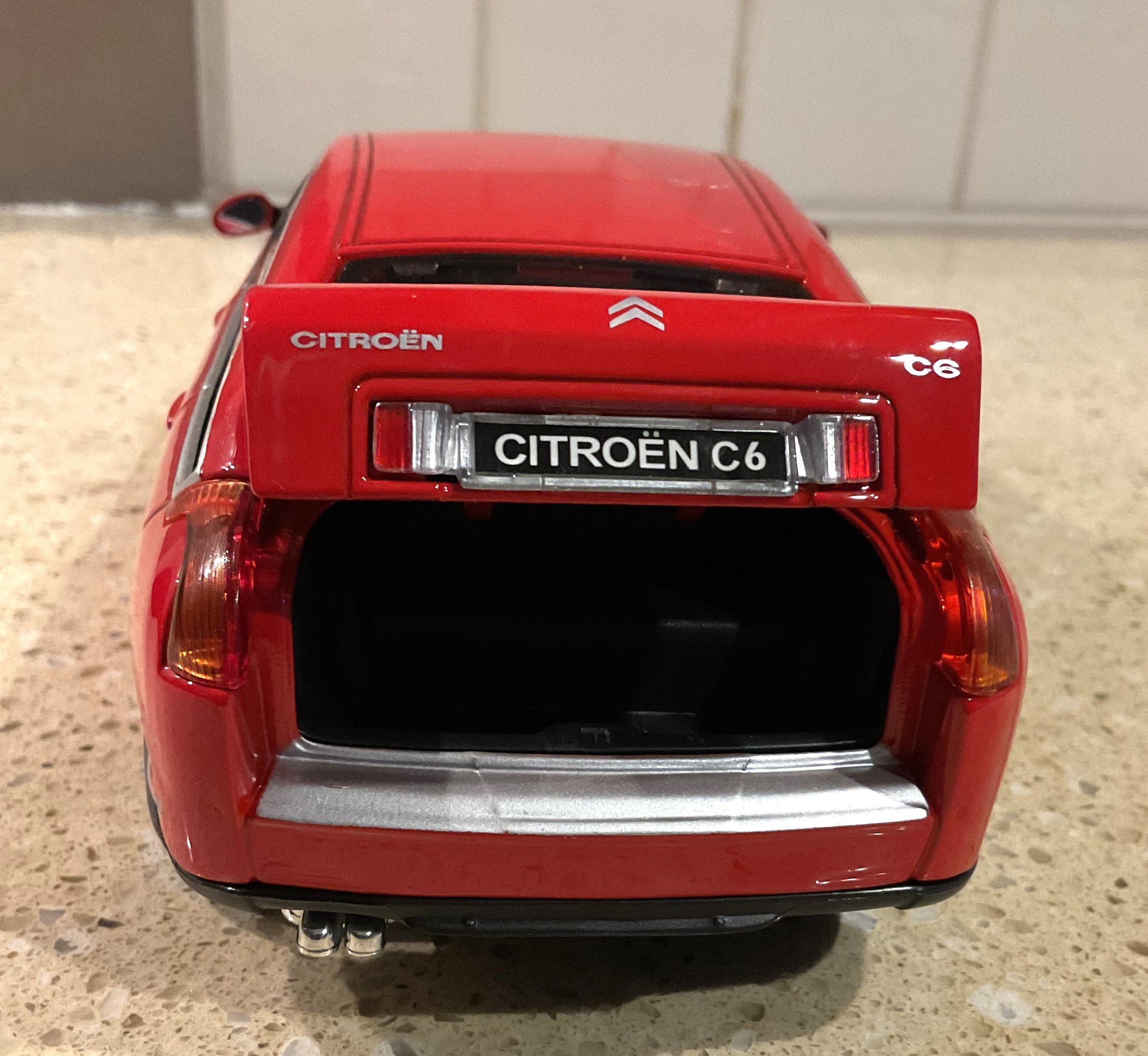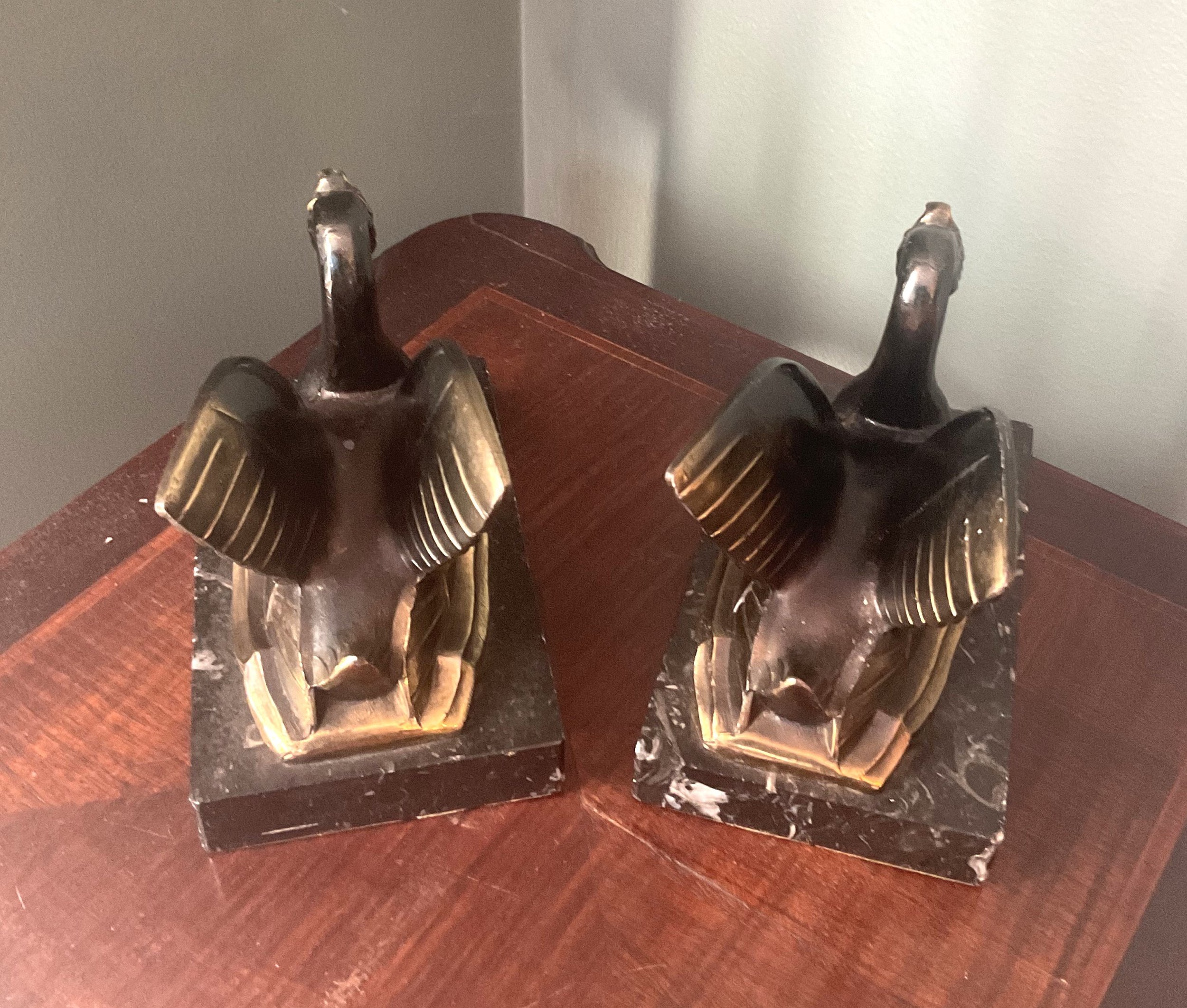 Image 1 of 13
Image 1 of 13

 Image 2 of 13
Image 2 of 13

 Image 3 of 13
Image 3 of 13

 Image 4 of 13
Image 4 of 13

 Image 5 of 13
Image 5 of 13

 Image 6 of 13
Image 6 of 13

 Image 7 of 13
Image 7 of 13

 Image 8 of 13
Image 8 of 13

 Image 9 of 13
Image 9 of 13

 Image 10 of 13
Image 10 of 13

 Image 11 of 13
Image 11 of 13

 Image 12 of 13
Image 12 of 13

 Image 13 of 13
Image 13 of 13














Exquisite French Antique Gilded Bronze Desk Set
This amazing desk set depicts a cherubic looking boy reading a book. Seated, with one leg across the other, he appears to be pondering as he reads. There are two ink wells placed on each side of the boy. These ink wells have lids that can be propped open. The base of this gorgeous piece is made from polished black and white marble. It is propped up by four little feet. This ink set is made from gilded bronze. A very special piece indeed!
An ink stand was a receptacle for pens, ink and other items related to writing, such as wafers (for sealing letters), quills, and sprinkling pounce (a powdered gum that fixed ink to paper). Ink was usually black or dark blue fluid composed of a dye dissolved in a liquid. The use of the ink stand gradually disappeared as other, more efficient writing tools, such as the fountain pen, came into popularity in the 20th century.
A quill was the primary writing implement from the 6th century up until the 19th century. Quills were usually made from the cured flight feathers of large birds such as geese, swans or turkeys. These feathers were often buried in hot dry sand to harden the points, which were then shaved into shape. Points had to be retrimmed regularly. The quill had to be dipped into ink, and was then used to make marks on a writing surface. A quill might last a week depending on how often it was used. Metallic pen nibs (called writing points) began to appear during the 19th century and these eventually replaced quills. In 1828, John Mitchell from Birmingham, England, introduced the machine-made steel pen point. However, this form of writing was still inefficient.
Before the introduction of blotters, salt was commonly used to sprinkle onto the newly written text to speed up the drying process. In the early 1800’s, a hand-held rocking device with blotting paper attached was used to absorb excess ink. These were often made of wood, stone, metal, porcelain, glass or brass. These devices featured a small handle, a curved base and felt over the bottom. This was rocked over the ink text to remove excess ink. By the mid 1800’s, blotting paper replaced the felt. Blotting paper was thick and textured. It was manufactured on special paper machines. Made from absorbent materials such as cotton, flax seed and rice, it aided in soaking up ink and speeding up the drying process.
Eventually this inconvenience led to the development of the fountain pen towards the end of the 19th century. This was a type of pen that housed a reservoir of ink that passed through to the writing nib, via small channels.
What an amazing piece this French antique desk set is! What stories it would have to tell. This would look absolutely stunning taking pride of place on an antique desk. Equally it would make a handsme addition to your home decor.
The desk set measures approximately 26 cms in height, 33 cms in width and 19 cms in width.
This amazing desk set depicts a cherubic looking boy reading a book. Seated, with one leg across the other, he appears to be pondering as he reads. There are two ink wells placed on each side of the boy. These ink wells have lids that can be propped open. The base of this gorgeous piece is made from polished black and white marble. It is propped up by four little feet. This ink set is made from gilded bronze. A very special piece indeed!
An ink stand was a receptacle for pens, ink and other items related to writing, such as wafers (for sealing letters), quills, and sprinkling pounce (a powdered gum that fixed ink to paper). Ink was usually black or dark blue fluid composed of a dye dissolved in a liquid. The use of the ink stand gradually disappeared as other, more efficient writing tools, such as the fountain pen, came into popularity in the 20th century.
A quill was the primary writing implement from the 6th century up until the 19th century. Quills were usually made from the cured flight feathers of large birds such as geese, swans or turkeys. These feathers were often buried in hot dry sand to harden the points, which were then shaved into shape. Points had to be retrimmed regularly. The quill had to be dipped into ink, and was then used to make marks on a writing surface. A quill might last a week depending on how often it was used. Metallic pen nibs (called writing points) began to appear during the 19th century and these eventually replaced quills. In 1828, John Mitchell from Birmingham, England, introduced the machine-made steel pen point. However, this form of writing was still inefficient.
Before the introduction of blotters, salt was commonly used to sprinkle onto the newly written text to speed up the drying process. In the early 1800’s, a hand-held rocking device with blotting paper attached was used to absorb excess ink. These were often made of wood, stone, metal, porcelain, glass or brass. These devices featured a small handle, a curved base and felt over the bottom. This was rocked over the ink text to remove excess ink. By the mid 1800’s, blotting paper replaced the felt. Blotting paper was thick and textured. It was manufactured on special paper machines. Made from absorbent materials such as cotton, flax seed and rice, it aided in soaking up ink and speeding up the drying process.
Eventually this inconvenience led to the development of the fountain pen towards the end of the 19th century. This was a type of pen that housed a reservoir of ink that passed through to the writing nib, via small channels.
What an amazing piece this French antique desk set is! What stories it would have to tell. This would look absolutely stunning taking pride of place on an antique desk. Equally it would make a handsme addition to your home decor.
The desk set measures approximately 26 cms in height, 33 cms in width and 19 cms in width.
Not suitable for delivery via Australia Post. Collection by appointment. Please make contact if you would like to arrange another type of delivery.




































